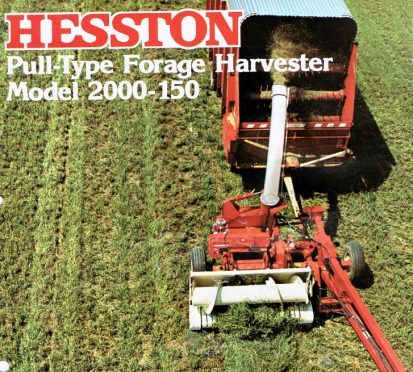Back in 1977 the giant Italian concern of Fiat began to acquire the American Hesston concern based in Kansas.
Fiat was a well-known big player in automobile and of course tractor manufacture and although not big sellers in the UK it was massive in Europe and especially in its own Italian market.
Like most large-scale tractor concerns, expanding into new markets and expanding product lines to become full line companies was ongoing. Therefore in 1977 it began to buy into Hesston. This allowed it to add the Hesston range of hay and forage equipment to the Fiat range in Europe and allowed entry for Fiat tractors into North America under the Hesston name.
Who were Hesston? The company was formed in 1947 in the Kansas town of the same name.
Its founder was a young man named Lyle Yost who lived close to the prairies which had suffered from the effects of the dust bowl of the great depression period. As a 14-year-old he would go out with the pick-up truck and look for the little mounds that appeared throughout the unfarmed blown top soil.
These often indicated a piece of abandoned farm machinery underneath. Lyle would set to and dig it out and load it up and cart it back home where he and his father would either cannibalise the machine for spares or refurbish it to sell on. Yost may only have been 14-years-old at this time but it set him on the road of involvement in farm machinery.
His contact with local farmers gave him an insight as to what they needed on their farms at that time. The first successful machine was an auger used to speed up the emptying of the grain bins at harvest – immediately demand outstripped supply. A range of hay and forage machinery such as windrowers, rakes and tedders with balers and foragers followed.
After Fiat’s involvement, AGCO bought into Hesston in 1991 and formed a joint venture with Case IH for the production of forage and harvesting equipment. Following the creation of CNH, AGCO bought the former out and still produce this machinery in Kansas today.
